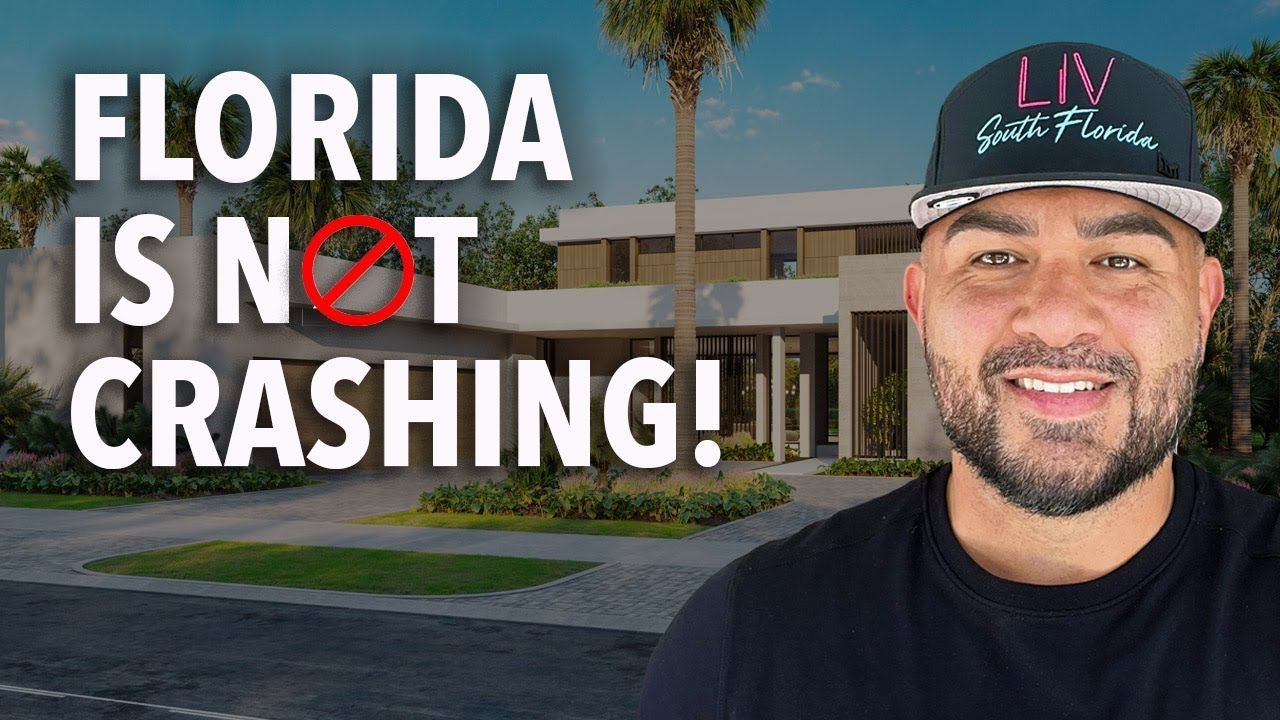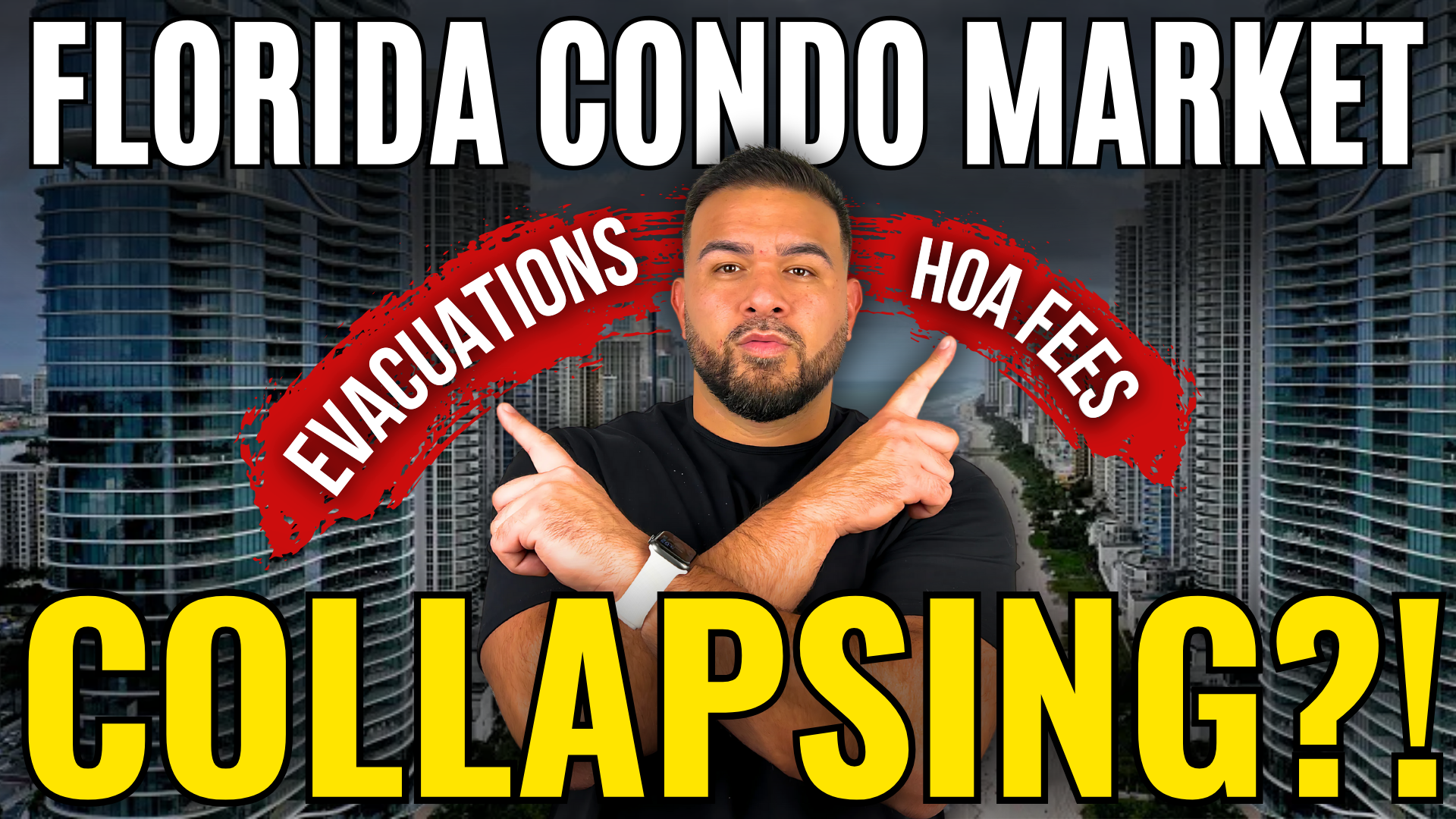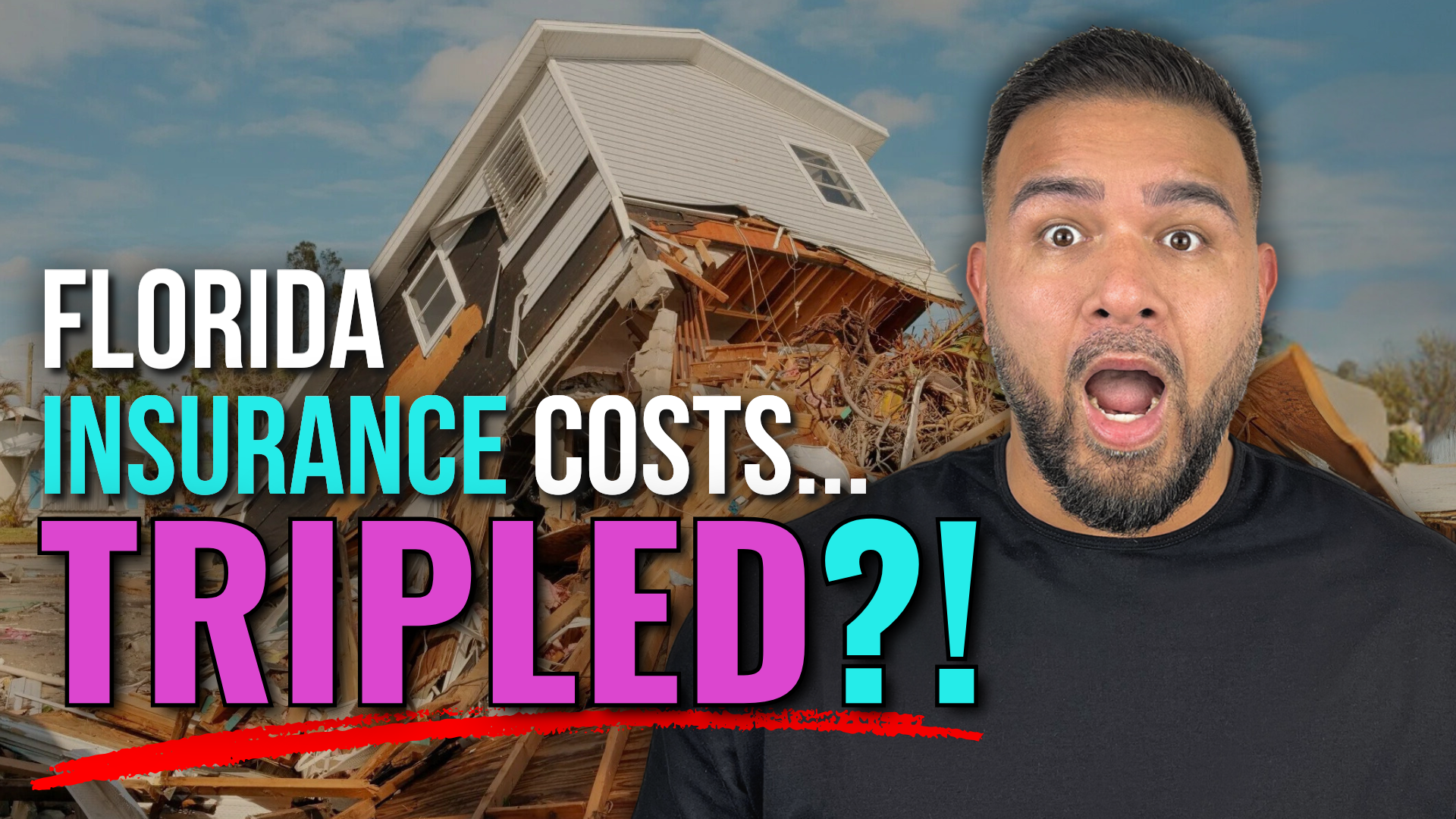California on Fire: Why the 2025 Wildfires Changed Everything
The California wildfires of 2025 have left an indelible mark on the state, consuming vast areas and displacing countless residents. As we explore the impacts of this unprecedented disaster, we delve into the financial toll, the insurance crisis, and the future risks that loom over California's communities.
In the aftermath of these devastating events, the emotional and psychological effects on residents cannot be overlooked. Families are grappling with the uncertainty of their futures, forcing them to confront whether to rebuild in increasingly hazardous areas or seek refuge elsewhere. The wildfires have not only destroyed homes but have also disrupted lives, leading to profound questions about safety, stability, and community resilience.
Table of Contents
- Intro
- The Scale of the Disaster
- How Did This Happen? The Perfect Storm of Disaster
- The Financial Toll
- The Insurance Crisis
- Human Impact and Migration
- Real Estate and Housing Crisis
- The Risk of Future Wildfires
- The Emotional Toll of Displacement
- Celebrity Homes and Hollywood's Future
- Political Implications and Accountability
- Community Resilience and Recovery Efforts
- Environmental Considerations and Climate Change
- Call to Action for Future Preparedness
- FAQ
Intro
The California wildfires of 2025 have escalated to unprecedented levels, wreaking havoc across the state. It’s not just the destruction of homes but a complete upheaval of lives and communities. The sheer magnitude of these wildfires is staggering, with over 38,000 acres charred, impacting densely populated areas and historic neighborhoods alike. As we delve deeper into the chaos, we must confront the reality of what this means for California's residents and the future.
The Scale of the Disaster
Over 12,300 structures have been destroyed, including homes, schools, and businesses. Entire communities like Pacific Palisades and Malibu have been reduced to ashes. The fires have claimed at least 24 lives, and that number is expected to rise as search and rescue operations continue. This disaster isn't contained to rural areas; it has infiltrated urban neighborhoods, displacing 180,000 people and overwhelming emergency services.
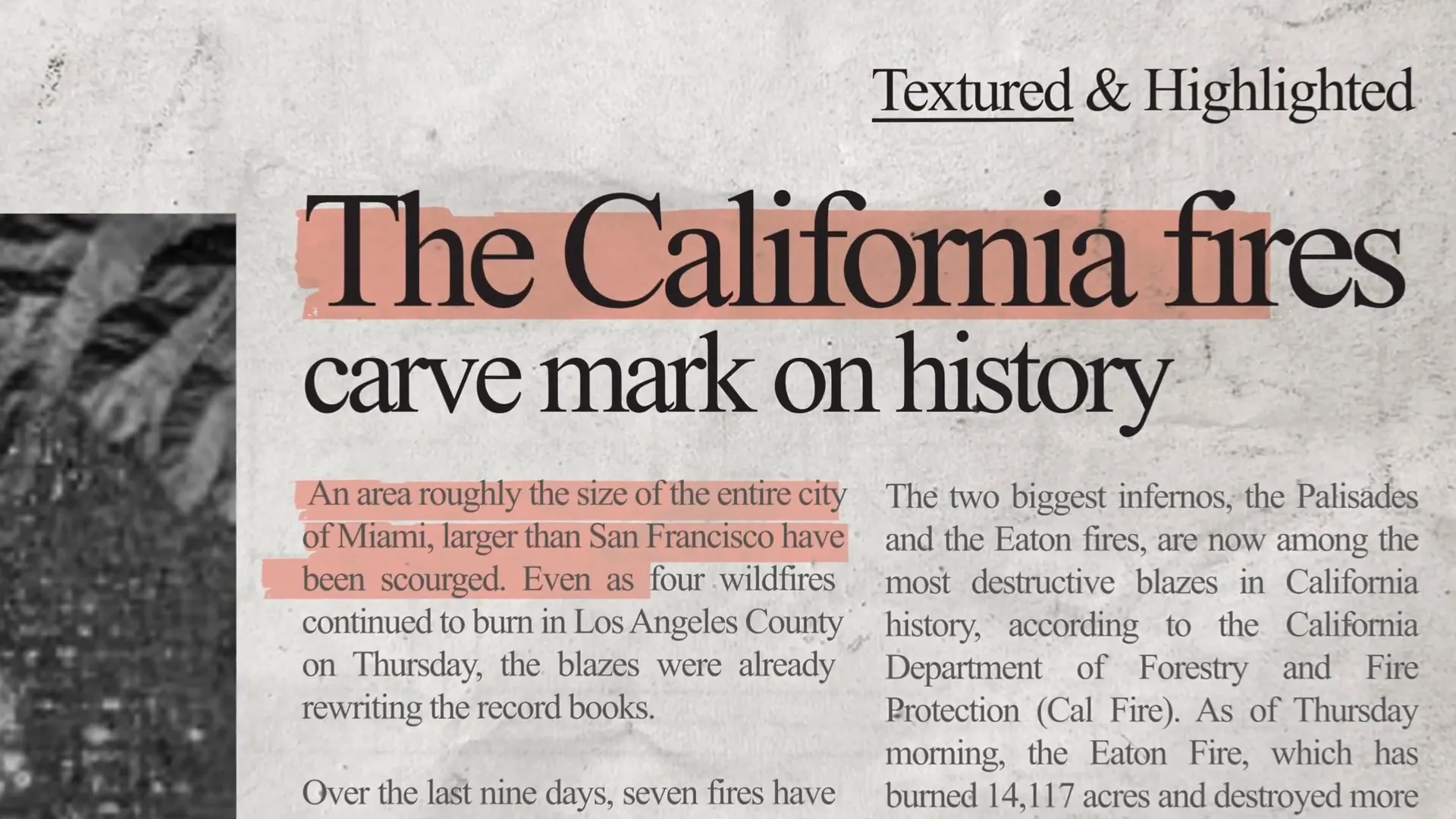
The Palisades fire alone has consumed over 20,000 acres, leveling more than 5,300 structures, while the Eaten fire has scorched 14,000 acres. Shelters are overflowing, and hotels across the region are at full capacity. The emotional toll is staggering as families grapple with the uncertainty of their future amidst this chaos.
How Did This Happen? The Perfect Storm of Disaster
The catastrophic wildfires of 2025 didn’t happen by chance; they were the result of a perfect storm of factors. Extreme drought, relentless winds, and a strained firefighting system all played a role in the devastation. The infamous Santa Ana winds, sometimes called devil winds, reached speeds of up to 60 MPH, carrying embers miles ahead of the main fire line. This made it nearly impossible for firefighters to control the flames.
California has suffered from severe drought for years, leaving vegetation dry and highly flammable. The lack of rain during the past winter exacerbated the situation, creating what experts refer to as a "Tinder Box." Additionally, the infrastructure meant to support firefighting efforts was woefully inadequate. In Pacific Palisades, three 1 million-gallon water tanks were emptied within hours, leading crews to abandon entire neighborhoods.
The Financial Toll
The financial impact of the 2025 California wildfires is staggering, creating a situation that will have lasting repercussions for the state and its residents. Initial estimates suggest that the damages could reach upwards of $50 billion, but experts warn that this number is expected to rise significantly as the fires continue to rage. This devastation represents not merely the loss of homes but also a profound economic impact that will ripple through various sectors, affecting businesses, employment opportunities, and the overall financial stability of the state as a whole.
Entire communities, once vibrant and full of life, have been wiped out in the wake of the fires. The agricultural sector, critically important to California and responsible for producing a significant portion of the nation's fruits and vegetables, has been severely affected. With vast expanses of farmland scorched and rendered unproductive, consumers can expect rising produce costs. This increase in food prices will not only strain household budgets but also contribute to an overall inflationary trend within California's economy, affecting the cost of living and potentially leading to increases in food insecurity among vulnerable populations.
Moreover, the financial toll extends beyond immediate damages and loss of property. The indirect costs of the wildfires are equally concerning; businesses that rely on a steady flow of customers may face closures or relocations, leading to lost jobs and decreased tax revenue for local governments. Supply chains have been disrupted, contributing to a cascading effect that could lead to shortages of goods and services, further exacerbating the economic strain experienced by residents.
As communities attempt to rebuild, the financial landscape will shift dramatically. The high costs associated with reconstruction, coupled with rising insurance premiums, may deter families from returning to their homes. This could lead to long-term demographic changes as residents weigh the risks of future disasters against the emotional and financial burden of rebuilding in high-risk areas. Ultimately, the wildfires have not only altered the physical landscape of California but have also set the stage for a re-examination of how communities plan for resilience and recovery in the face of climate change.
The Insurance Crisis
California's homeowners are now facing a monumental insurance crisis. With more than 12,000 structures destroyed, the insurance system is under immense pressure. Many insurers have exited wildfire-prone areas, leaving residents with limited options. Those who do have insurance face a slow and bureaucratic claims process, often waiting years for compensation.
In areas like Pacific Palisades, insurers have dropped policies, forcing homeowners into California's FAIR Plan, which offers minimal coverage at high premiums. The situation is dire, with many families unable to secure adequate insurance to rebuild their lives. This crisis highlights significant flaws in California's insurance market, leaving many residents navigating a complex and often unfair system.
Human Impact and Migration
The 2025 California wildfires have not only wrought physical destruction but have also triggered a profound human crisis. Over 150,000 residents have been displaced, facing the heart-wrenching decision of whether to rebuild in increasingly hazardous areas or seek refuge in states like Arizona, Nevada, Texas, and Florida. This wave of migration reflects a desperate search for safety and stability.
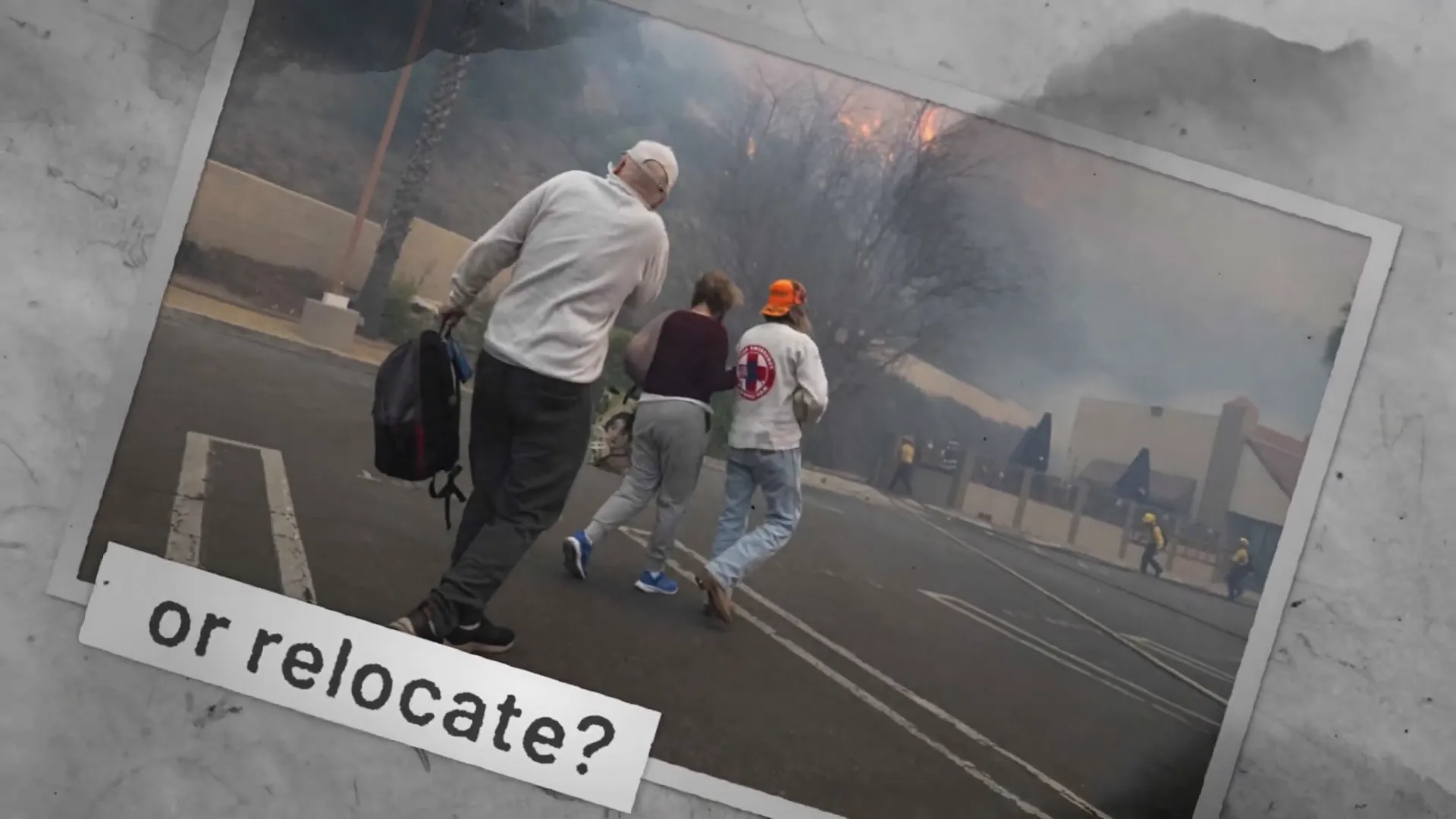
As families grapple with the emotional toll of losing their homes, they also confront the harsh reality of a changing California. The wildfires have intensified the already existing housing crisis, pushing many into precarious living situations. The fear of future disasters looms large, making the prospect of staying in California untenable for many.
his unprecedented level of displacement is reminiscent of patterns seen after other natural disasters. In the aftermath of hurricanes and floods, states like Texas and Florida have historically seen population shifts. However, the scale of migration driven by California wildfires may redefine communities across the United States.
Real Estate and Housing Crisis
The wildfires have exacerbated an already dire housing crisis in Los Angeles. With over 150,000 people displaced and more than 12,000 structures destroyed, the city was already struggling to meet a demand for 337,000 housing units. The medium rent for a one-bedroom apartment in Los Angeles exceeds $2,000, and with thousands of new renters entering the market, prices are expected to surge even higher.
As displaced families scramble to find temporary housing, the tight rental market poses a significant challenge. Wealthier families competing for limited rental options could push out lower-income renters and students, leading to further displacement. Homeowners hoping to rebuild are discovering their insurance coverage may not fully cover reconstruction costs, adding to the financial strain.
Permitting and labor shortages threaten to delay reconstruction efforts for years. In Malibu, for instance, securing a permit could take three to five years, a timeline that may stretch even longer as thousands of families rush to rebuild. Rising construction costs, driven by increased demand for materials and labor, will further inflate housing prices, forcing many families to downsize or leave the city altogether.
The Risk of Future Wildfires
The 2025 wildfires may not be an isolated incident. Experts warn that California faces a 70% likelihood of another catastrophic wildfire within the next decade. The combination of prolonged droughts, rising temperatures, and the notorious Santa Ana winds creates a perfect storm for future disasters.
With over 87% of California currently experiencing severe drought, vegetation remains dangerously dry and highly flammable. The risk of wildfires is compounded by climate change, which has extended California's fire season from a few months to nearly the entire year.
As families contemplate rebuilding, they face the daunting gamble of investing in homes that may be threatened again. The emotional and financial toll of losing everything once is devastating; preparing for the possibility of another loss is nearly unimaginable.
The Emotional Toll of Displacement
The emotional impact of the 2025 wildfires cannot be overstated. For many, the trauma of losing their homes and livelihoods is compounded by the uncertainty of the future. The question of whether to rebuild in fire-prone areas weighs heavily on the minds of displaced residents.
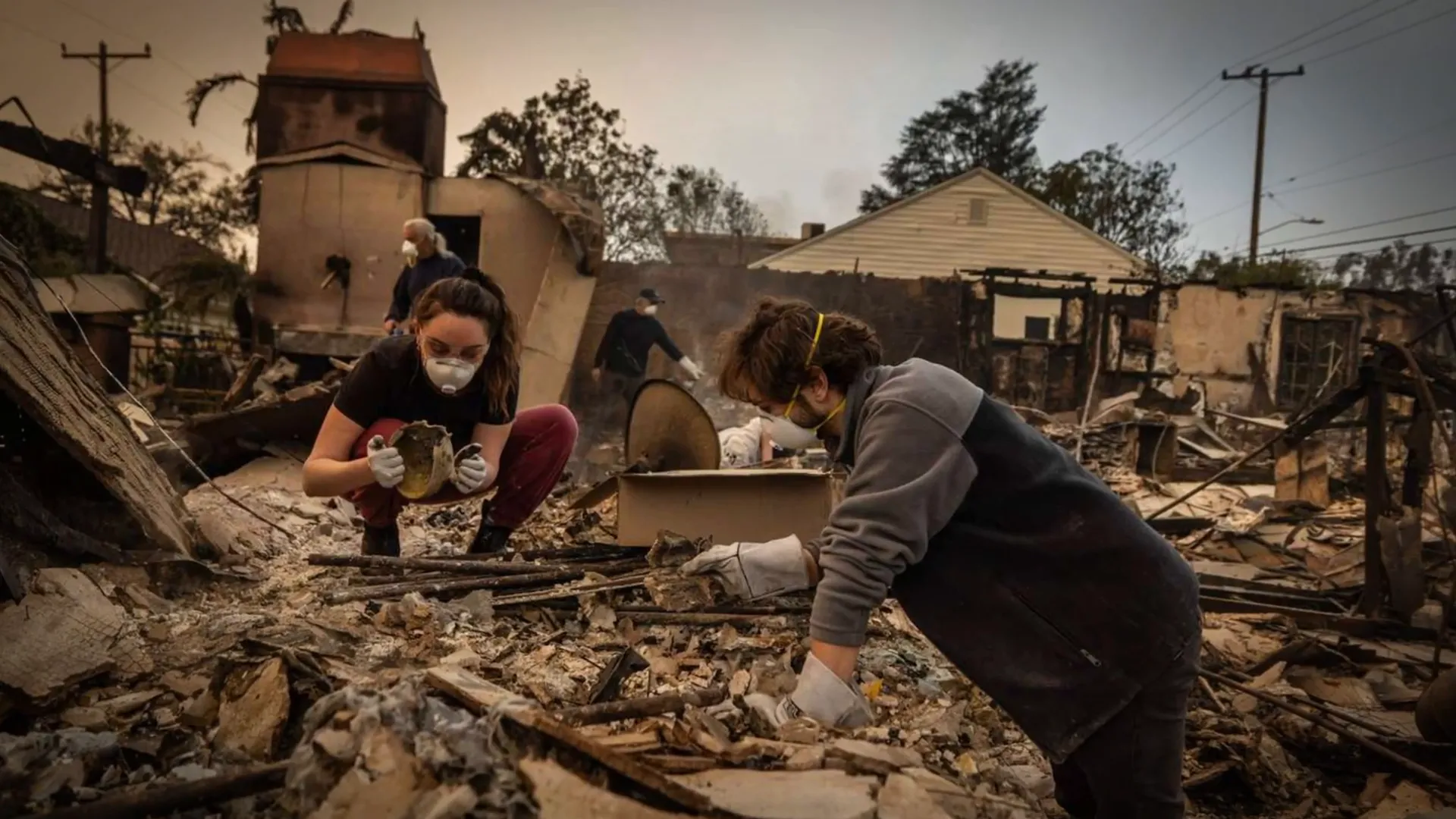
Living in constant fear of another disaster takes a toll on mental health. Families must navigate not only the logistics of displacement but also the emotional aftermath of their losses. The psychological scars from these wildfires will linger long after the flames have been extinguished.
The emotional impact of the 2025 wildfires cannot be overstated. For many, the trauma of losing their homes and livelihoods is compounded by the uncertainty of the future. The question of whether to rebuild in fire-prone areas weighs heavily on the minds of displaced residents.
Celebrity Homes and Hollywood's Future
The wildfires have also impacted Hollywood, with many celebrities losing their homes in the flames. High-profile figures like Paris Hilton, Billy Crystal, and Melissa Rivers are among those affected, raising questions about whether they will rebuild or relocate. The destruction of iconic neighborhoods like Pacific Palisades and Malibu has left many pondering the future of Hollywood.
As celebrities grapple with their losses, the entertainment industry faces a potential shift. If prominent figures decide to leave California, it could signal a broader exodus from the state, impacting the very identity of Hollywood. The question remains: will the stars rebuild, or will we see a decentralization of the entertainment industry?
The losses extend beyond personal homes, affecting historic buildings and filming locations that are part of Hollywood's cultural heritage. Palisades Charter High School and Will Rogers State Historic Park, both beloved filming sites, have been erased from the landscape, further erasing the identity of the industry.
Political Implications and Accountability
The California wildfires of 2025 have ignited not only flames but also a political firestorm. As the devastation unfolded, questions regarding accountability and preparedness have taken center stage. Critics are quick to point fingers at state leadership, arguing that environmental policies have diverted critical resources away from areas in dire need.
Governor Gavin Newsom and other officials assert that the hydrant failures during the crisis stemmed from local storage limitations rather than an overall lack of water. They emphasize the need to address misinformation and highlight that climate change is the root cause of these escalating disasters, rather than policy decisions.
This ongoing debate has led to a growing mistrust in the state’s ability to manage such crises. Conspiracy theories have emerged, suggesting that corporations may benefit from the chaos, further complicating the narrative. As we navigate this disaster, it’s crucial to hold leaders accountable while also recognizing the systemic issues exacerbated by climate change.
Community Resilience and Recovery Efforts
Despite the overwhelming challenges, communities are rallying to support one another in the wake of the devastation. Local organizations and volunteers have mobilized to provide food, shelter, and emotional support to those affected by the wildfires. The spirit of resilience shines through as neighbors come together to help rebuild what has been lost.
Efforts are underway to expedite rebuilding processes, with Governor Newsom issuing executive orders to lift certain regulations and freeze property tax hikes. While these measures aim to accelerate recovery, the reality is that it will take years to restore communities fully.
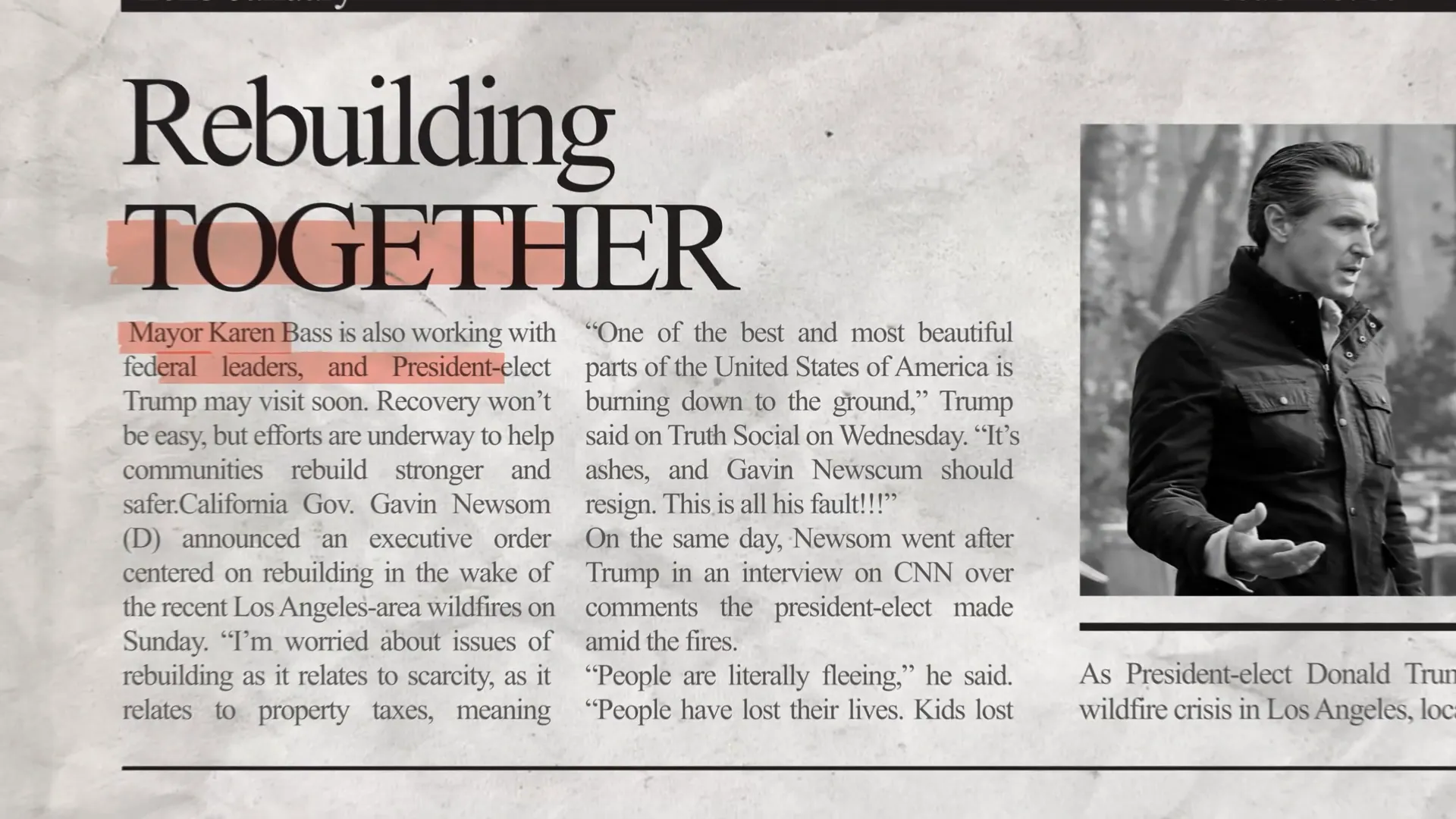
Community leaders are advocating for more robust support systems, emphasizing the need for mental health resources to address the emotional toll of displacement. The scars left by these wildfires will not heal overnight, but with collective action, communities can emerge stronger and more united.
Environmental Considerations and Climate Change
The wildfires of 2025 serve as a stark reminder of the environmental challenges we face. Climate change has dramatically altered weather patterns, leading to prolonged droughts and extreme heatwaves that create the perfect conditions for wildfires. Experts warn that as these trends continue, we can expect more frequent and devastating fires in the years to come.
California's ecosystems are under threat, with wildlife habitats destroyed and air quality deteriorating. The loss of flora and fauna not only disrupts local ecosystems but also affects the state's natural beauty, which is vital for tourism and recreation.
To combat these issues, experts are advocating for better forest management practices and fire-resistant construction methods in rebuilding efforts. By prioritizing sustainability, California can work towards a future that mitigates the risks posed by climate change and wildfires.
Call to Action for Future Preparedness
The 2025 wildfires are a wake-up call for all of us. As we reflect on the devastation, it’s clear that we must take proactive steps to prepare for future disasters. This includes advocating for better infrastructure, investing in emergency services, and enhancing community preparedness programs.
We cannot afford to be complacent. Engaging in dialogues about climate change and its implications is more important than ever. Individuals and communities must come together to push for policies that prioritize resilience and sustainability.
It’s time to take action. Whether it’s volunteering, donating to relief efforts, or simply spreading awareness, we all have a role to play in fostering a safer future for California and beyond.
FAQ
What caused the 2025 California wildfires?
The wildfires were fueled by a combination of extreme drought, high winds, and a strained firefighting infrastructure. The infamous Santa Ana winds played a significant role, reaching speeds of up to 60 MPH and carrying embers over long distances.
How many structures were destroyed in the wildfires?
Over 12,300 structures, including homes, schools, and businesses, have been destroyed. The fires have displaced approximately 180,000 residents.
What are the long-term impacts of the wildfires?
Long-term impacts include economic strain due to rising insurance costs, housing shortages, and the emotional toll on displaced residents. The wildfires have also exacerbated California's existing housing crisis.
How can communities prepare for future wildfires?
Communities can prepare by investing in fire-resistant construction, improving emergency response plans, and advocating for better forest management practices. Engaging in community preparedness programs is essential.
What is the outlook for California’s wildfires in the future?
Experts warn that California faces a 70% likelihood of another catastrophic wildfire within the next decade due to ongoing climate change and environmental factors.

Jonathan Alexander creates educational YouTube content to guide potential buyers through the process of relocating to South Florida, offering insights on the best places to live and what to expect. As a seasoned Realtor®, he combines his expertise with a passion for helping clients make informed real estate decisions.







